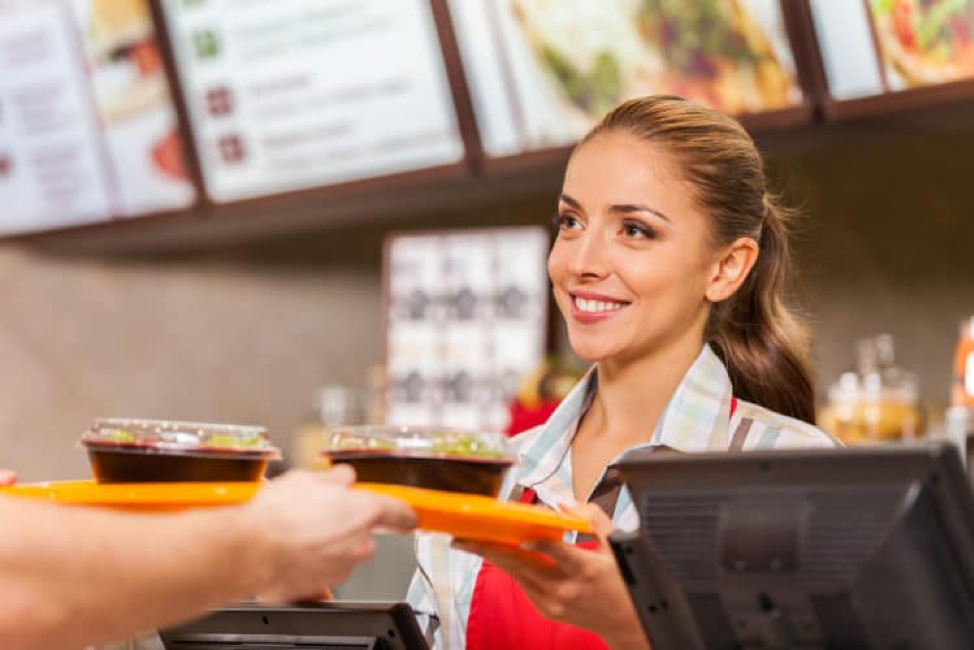Harnessing the Power of Digital Signage
3 Min Read By Annie Legge
As a restaurant owner, particularly in the QSR (quick service restaurant) sector, you are likely to be updating your menu and promotions regularly. Using traditional methods such as printed or handwritten boards can be both labor-intensive and costly, especially if you have multiple locations.
As a result, you may be considering switching to digital signage. In plain terms, this means installing digital screens at your location (usually at point of sale), with a robust CMS (content management system) to enable you to create content and manage the display schedule.
Digital signage is an incredibly powerful communication tool that carries immense advantages for the restaurant owner, no matter how big or small their operation. Already, at least 20 percent of all digital signage users are in the QSR sector.
Here is a breakdown of how investing in digital signage will benefit your business.
Time is Money
Managing costs is a cornerstone of operations for a business of any size, which is why many businesses will see benefits of switching to digital signage for their in-store menu boards.
Think of how long it takes to change a menu or promotional artwork. At best, you’ll have a graphic designer to brief and commission the print and installation of the new boards. Multiple, frequent changes are costly but it can take just seconds to update an image on a digital screen compared to a printed board. For example, pricing changes can be updated automatically, if your EPOS system is integrated with your digital signage CMS.
Customer Engagement is the Driving Force for Sales
A digital signage system, supported by an easy to use CMS, puts you in control of your content. Research has shown that almost 30 percent of customers perceive digital menus as a major influence in their product purchase.
You can engage your audience with bold content, showcasing your products and offers directly at point of sale to sway the purchasing decision and increase impulse purchases. Leading digital signage providers will be able to offer dynamic content types such as live social media feeds, weather and transport feeds, as well as pull data from your website’s HTML code and embed animated content such as GIF, Flash and video files to capture the audience’s attention.
Digital signage can also be instrumental in efficient queue management, by displaying directions to till points and waiting times. Research suggests that using these tactics increases customer satisfaction and even reduces the perceived wait time by 35 percent.
Clear Communication is Key
As the plans to enforce calorie counts on menus in England were announced in September 2018, the Treasury raised concerns over costs that menu changes can entail for independent businesses. However, even a small business can prepare for these changes now by investing in digital displays, making a huge saving in the long-run. The calorie information display can be completely pre-programmed and automated through the POS and CMS integration.
In addition, the need to display allergens and dietary classification (cue rise in plant-based diet) is greatly welcomed by customers. If you give customers the opportunity to view the right information long before point of purchase, the ordering process will be much smoother and quicker for both parties.
Sometimes mistakes can occur on menu boards, leading to unhappy customers. Digital displays minimize the risk of errors, as they can be pre-programmed to display the right offers and menus at the right time, as well as pull data from other sources (POS, Social Media, Website).
Aziz Gunes, Commercial Director at 3S POS, which offers a menu integration with VXL’sIllumineye DS Suite, pointed out that customer demand calls for clear, engaging in-store displays to better understand the product and take advantage of the latest offers as well bring tangible revenue and margin gains to the majority of QSR establishments.


